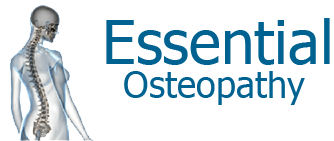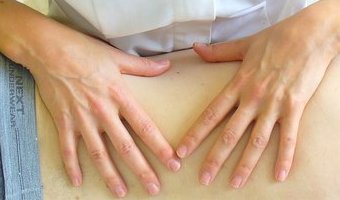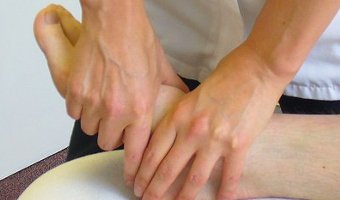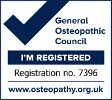Elbow pain
There is a general misconception that the elbow is a simple joint to treat. In fact, there are quite a number of problems which may be wrong with it from a sports injury such as tennis elbow, to problems which originate from the neck and shoulder.
Here are some of the more common elbow problems which Osteopaths treat:
- Tennis or golf elbow – also known as epicondylitis can affect either the outside of the elbow (lateral epicondylitis or tennis elbow) or the inside of the elbow (medial epicondylitis or golfers elbow). It occurs when the tendons attaching the forearm muscles to the elbow become inflammed – usually through prolonged overuse and tension. The pain commonly builds up over a period of time and often people leave it until the symptoms are severe before seeking treatment. As well as treating you, the Osteopath will give you advice on ways in which you can minimise the inflammation. It is important to get this condition treated sooner rather than later to prevent it from become a chronic problem.
- Nerve compression or irritation – if the nerves supplying the arm become compressed either as they exit the side of the neck or pass near to or through structures on their journey through the shoulder and down the arm, pain may be felt in the elbow. The Osteopath will assess the neck, shoulder and upper back, as well as the arm and elbow, to see if the origin of the pain is not local and treat accordingly. Ulnar nerve irritation can also occur if there has been direct trauma near to the tip of the elbow. The RICE (rest, ice, compression and elevation) can help this problem.
- Referred pain – quite commonly, very tight, hypersensitive trigger points within muscles near the elbow such as the triceps brachii, supinator and brachioradialis can cause elbow pain. These can be effectively treated by an Osteopath who can also give advice as to how to prevent them returning and therefore prevent the problem becoming chronic. It is advised that you don’t continue playing the sport you’re playing or try to strengthen the area until you have been assessed and treated.
- Ligamentous or capsular strains – where the ligaments or the capsule around the elbow joint and the associated radio-ulnar joint become inflammed or strain, often through a sports injury or degenerative changes.
- Elbow joint restrictions – which can indicate wear and tear (or osteoarthritis) of the elbow joint and present as stiffness when you try and move the elbow.
- Muscle strains or tears – again, more likely if you’ve had a fall, where muscles which attach to the elbow, become strained and pain may be experienced around the elbow as well as in the muscle itself.
It is worth seeking Osteopathic advice and treatment as early as possible to improve the prognosis and reduce the change of your elbow pain becoming chronically painful.







